
What Is Rosacea?
Affecting an estimated 45 million people across the globe, rosacea is an inflammatory skin disorder with no known cure. While signs can begin to appear in your early twenties, the majority of those diagnosed with rosacea are middle-aged and older adults with fair, sensitive skin. While women are more likely than men to have rosacea, men are more likely to have a more severe form of the disorder. Often mistaken as acne, eczema, dry skin, or an allergic reaction, rosacea is characterized by flushed facial skin that ranges from overly sensitive to burning, stinging, raised patches called plaques.
With a variety of unique skin types, environmental factors, and several different types and stages of rosacea to take into consideration, personalized help really is the best step to clear up this inflammatory skin condition. To receive the one-on-one attention that rosacea clients deserve, we recommend our consultation for blemish-prone skin. Our master estheticians will guide you through the process of discovering the skincare and lifestyle changes that are best for your specific needs.
National Rosacea Awareness
Thanks to the National Rosacea Society, the month of April has been designated as National Rosacea Awareness Month. Here at Art of Skin Care, we want to bring a spark of hope and a guiding light to our flushed friends. If you’ve received a rosacea diagnosis or suspect you may have this skin condition, we understand how challenging it can be to discover the perfect blend of solutions that bring you relief from frustrating rosacea flare-ups. We’ll answer the common questions about rosacea while also providing you with some rosacea skincare tips you can try at home.
The Types And Stages
In the early stages, rosacea-prone skin might flush a little more easily than most. Left untreated, late-stage symptoms of rosacea can result in physical disfigurement and severe emotional distress. Being aware of the stages of rosacea can help catch the condition early, preventing the progression of the disease.
- Vascular – redness and flushing on the cheeks, nose, chin, and forehead. The face may be slightly swollen.
- Pustular – Bumps, pimples, or spider veins and enlarged pores appear on the face. Irritation may spread and affect the scalp, ears, neck, or chest.
- Late – Skin on nose thickens, may become bulbous and misshapen. Eyes can become dry and irritated, excessive tearing may occur. Eyelids may swell and styes may be recurring.
According to the American Academy of Dermatology, there are also four types of rosacea.
- Erythematotelangiectatic – Redness, flushing, visible blood vessels.
- Papulopustular – Redness, swelling, and acne-like breakouts.
- Phymatous– Skin thickens and has a bumpy texture.
- Ocular – Eyes red and irritated, eyelids can be swollen, and a person may have what looks like a sty.
Common Triggers
While the cause of rosacea is as unknown as the cure, the triggers are easier to identify. One of the most frustrating aspects of rosacea is the realization that much of what you enjoy in life has to be scaled back or eliminated altogether in order to minimize flare-ups. Here are some of the most common triggers of rosacea symptoms:
- Sun exposure
- Emotional stress
- Heavy exercise (hot yoga, spin class, etc.)
- Extreme temperatures (hot air, cold weather, humidity)
- Hot baths & showers, hot tubs, and saunas
- Heated blankets
- Indoor heating
- Skincare products containing alcohol or acids
- Cosmetics
- Spicy foods
- Dairy products
- Fermented foods
- Alcoholic beverages
- Hot drinks
- Chocolate
- Marinated meats
- Foods high in histamines (citrus, nuts, tomatoes, shellfish, etc.)
What Is The Best Treatment?
Although it can sometimes take years for people with rosacea to determine what works best for their sensitive skin, a combination of deliberate self-care and a customized skincare routine for rosacea-prone skin can tame flare-ups and provide much-needed relief. The best approach to rosacea treatment is truly a holistic approach, one that combines the benefits of a rosacea-specific skincare regimen with stress-reducing self-care.
5 Tips To Prevent And Treat
1. Identify your unique flare triggers
If you’re just now wondering if you might have rosacea or if your rosacea diagnosis is new to you, the idea of isolating your flare-up triggers is probably a little overwhelming. While it’s important to eliminate as many of the known triggers as you can, know that this is going to take some time. Six months from now, you’re going to have a much better handle on what you can and cannot tolerate. If possible, try keeping a journal to record specific symptoms and the possible corresponding triggers from our above list.
2. Implement a friendly skincare regimen.
Gentle skincare products are key for those with rosacea. Now is the time to try new products that are mild, non-abrasive, and non-acidic. Exfoliating products such as scrubs and polishes will cause irritation and are not appropriate for rosacea-prone skin. Hale & Hush is a product line we recommend to rosacea patients requiring delicate skincare treatment. The key focus of these products is to repair and promote a healthy skin barrier, minimizing irritation and redness.
A gentle cleanser such as Hale & Hush Quiet Wash will knock out redness quickly. It’s important to wash your face with lukewarm water and blot dry with a soft cloth. The best moisturizer for rosacea skin that we see great results with is the Hale & Hush Vital Lipid Lotion Results are improved further when this lotion is boosted with Relief Bio-Powder. This is a botanically-based product that serves both to cover up and heal inflammation on the skin.
3. Practice good sun protection habits
According to the National Rosacea Society, exposure to the sun accounts for a whopping 81% of rosacea flare-ups. This may be a difficult revelation for regular sunbathers, but the good news is that the power is in your hands. Fortunately, it is never to late to begin wearing a hat and protective clothing, sunglasses, and sunscreen protection against UV rays. Hale & Hush Broad Spectrum SPF 30 is a chemical-free zinc oxide sunscreen that delivers both anti-inflammatory and anti-aging ingredients, including protective antioxidants.
4. Enjoy a monthly facial
If you ever needed a good excuse to treat yourself to a facial, now you have it. It’s important to do your own research and find an esthetician who both knows how to treat rosacea and understands the particular needs of your sensitive skin. The right professional will be able to help you take your healing to the next level and provide you with personalized care. Monthly facials actually reduce rosacea skin’s tendency towards inflammation, making the skin stronger and less reactive. So go ahead and pamper yourself. There have to be perks associated with having rosacea at some point, right?
5. Rest, relax, refresh
Second only to sun exposure, emotional stress is high on the list of offending rosacea triggers. The psychological and social impact of rosacea can feel like an enormous burden to bear–all the more reason to make rest and relaxation a vital part of your daily life. Find what brings you joy, peace, and fulfillment and pack as much of it as you can into a healthy lifestyle. Happiness does not end with a rosacea diagnosis. By implementing the above tips and figuring out what works for you (and what doesn’t), before long you’ll be living your best life in spite of rosacea.
Learn More: Acne vs. Rosacea: The Inflammatory Response Click Here
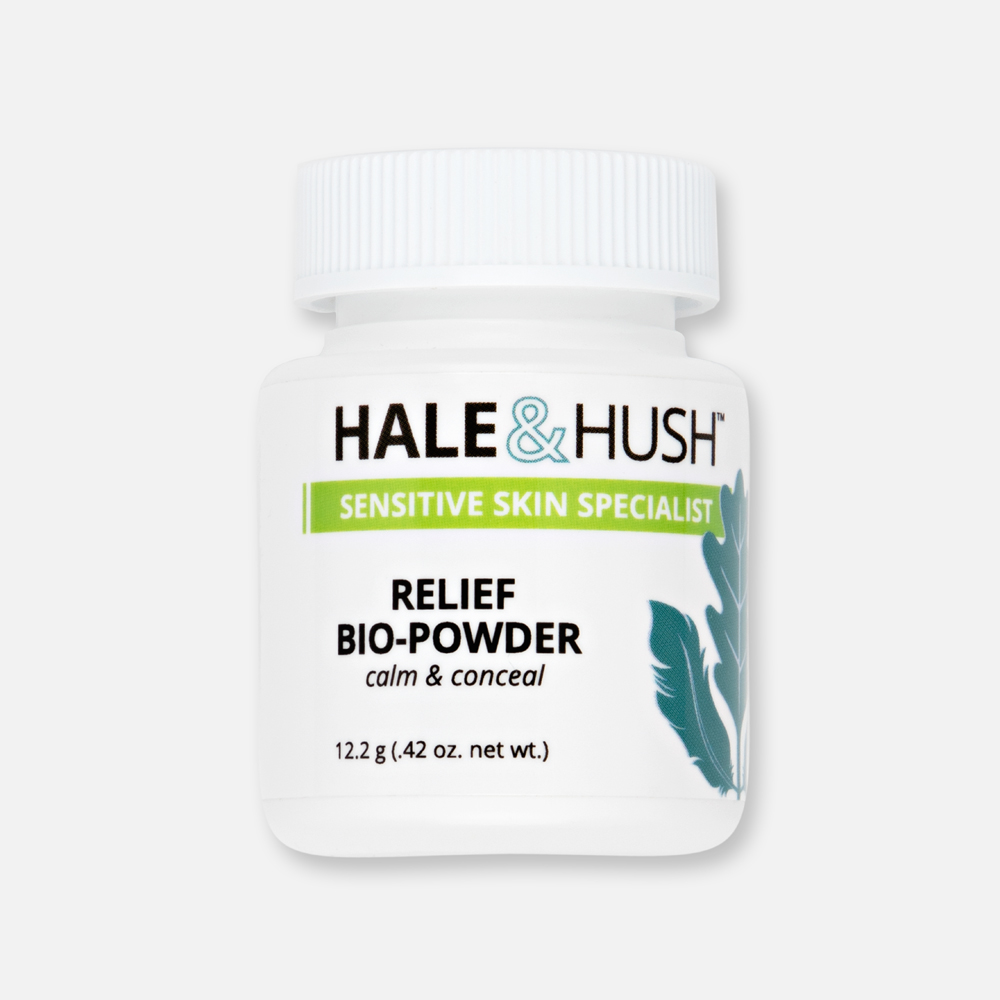
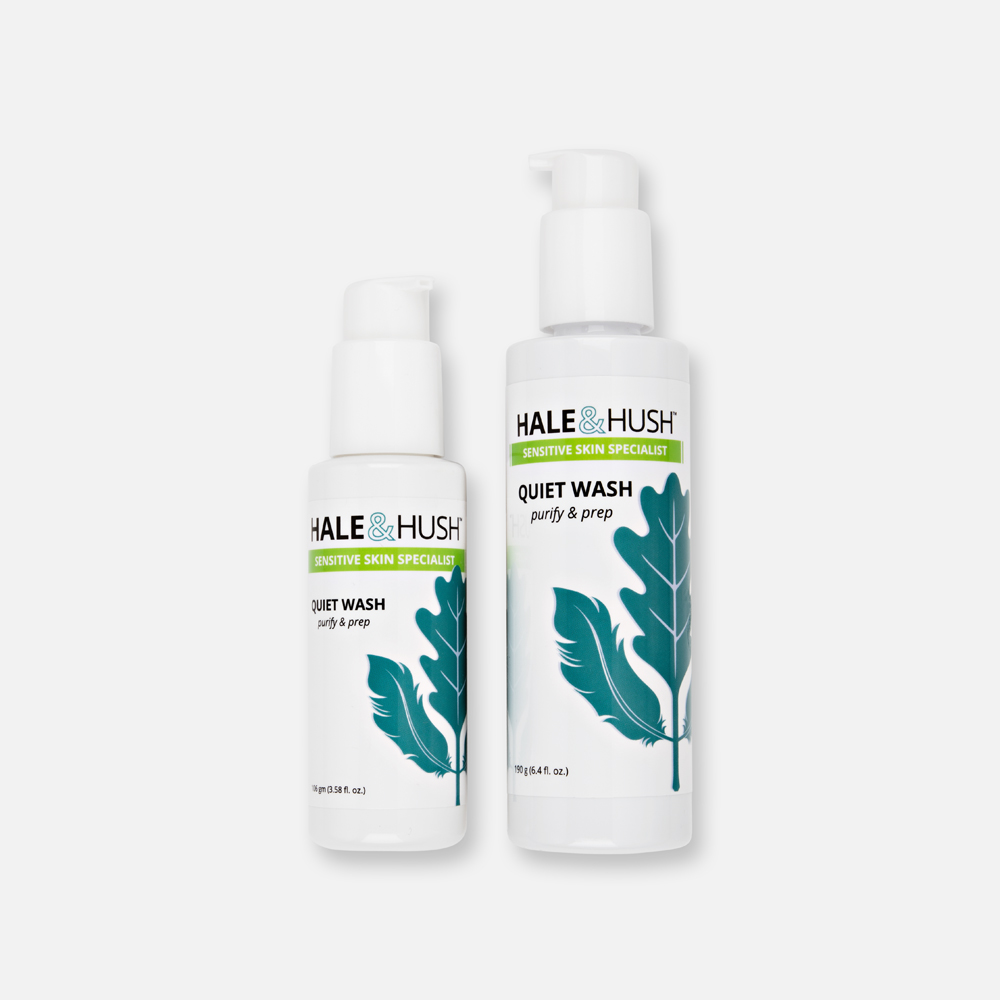
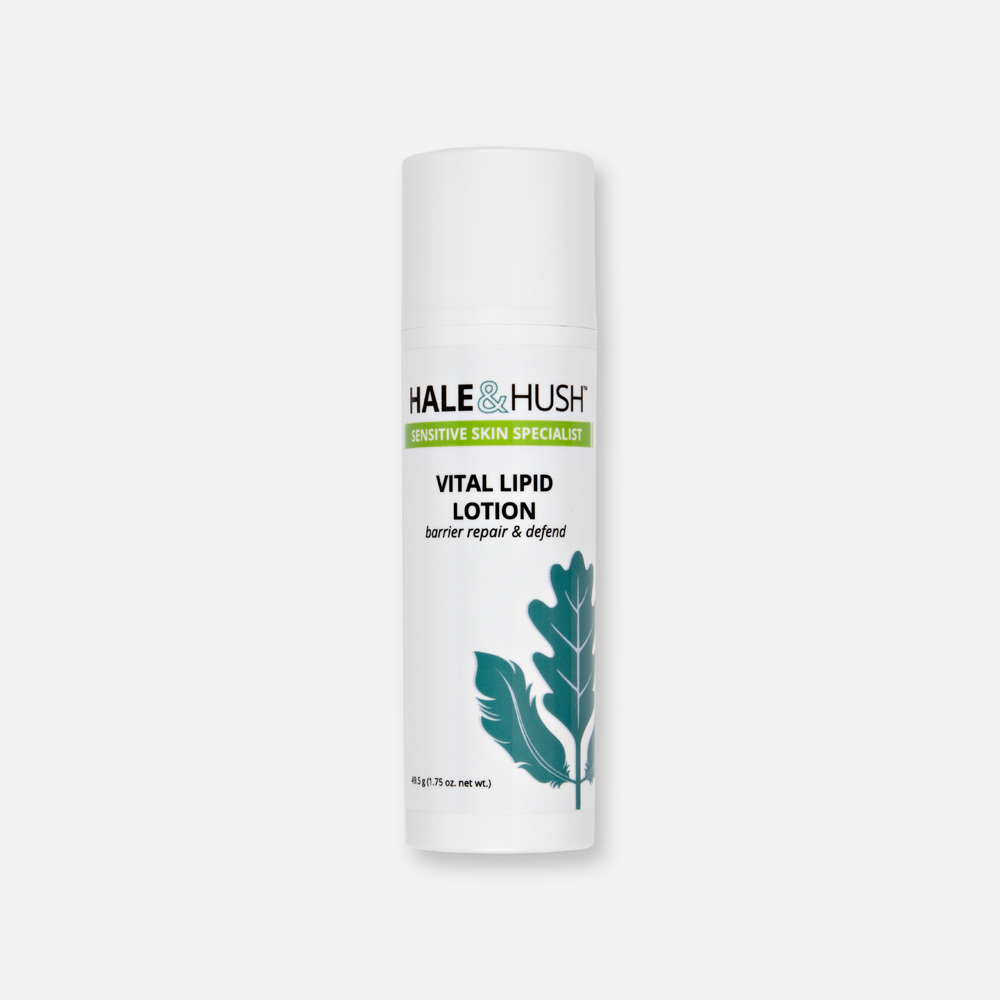
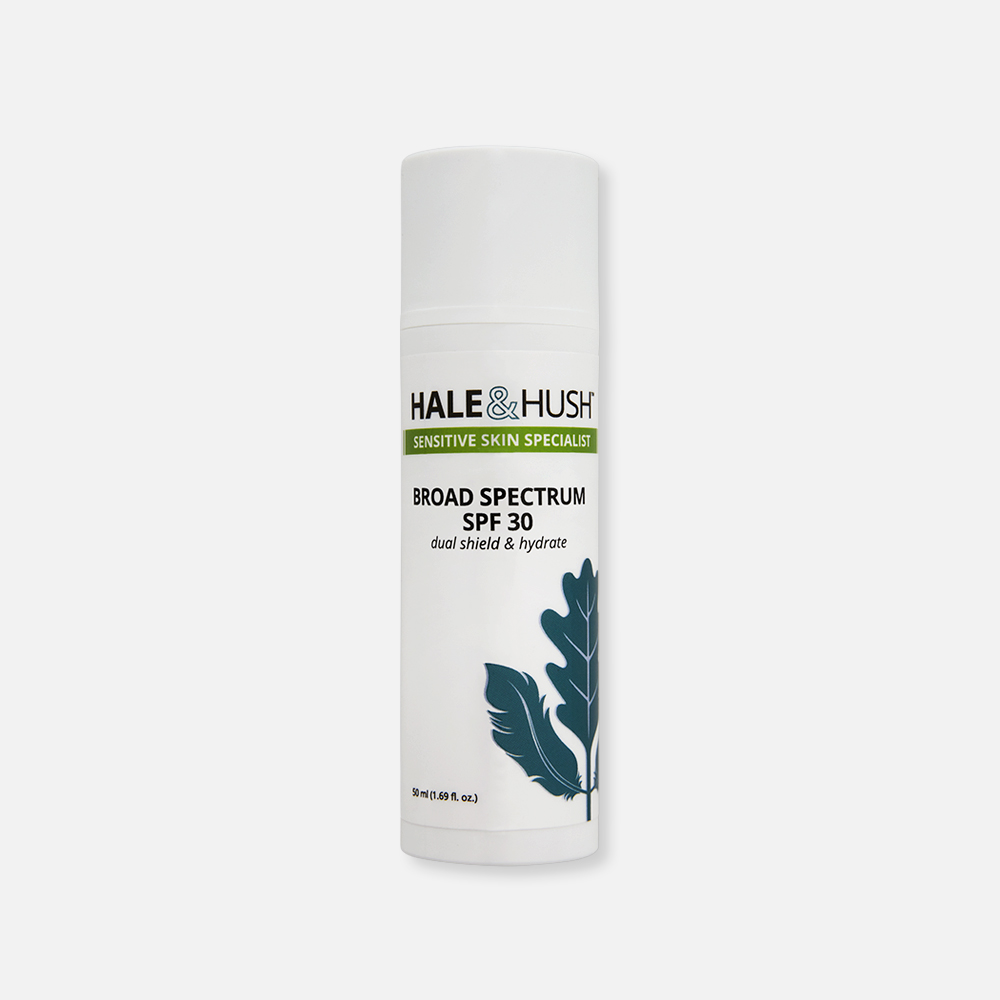
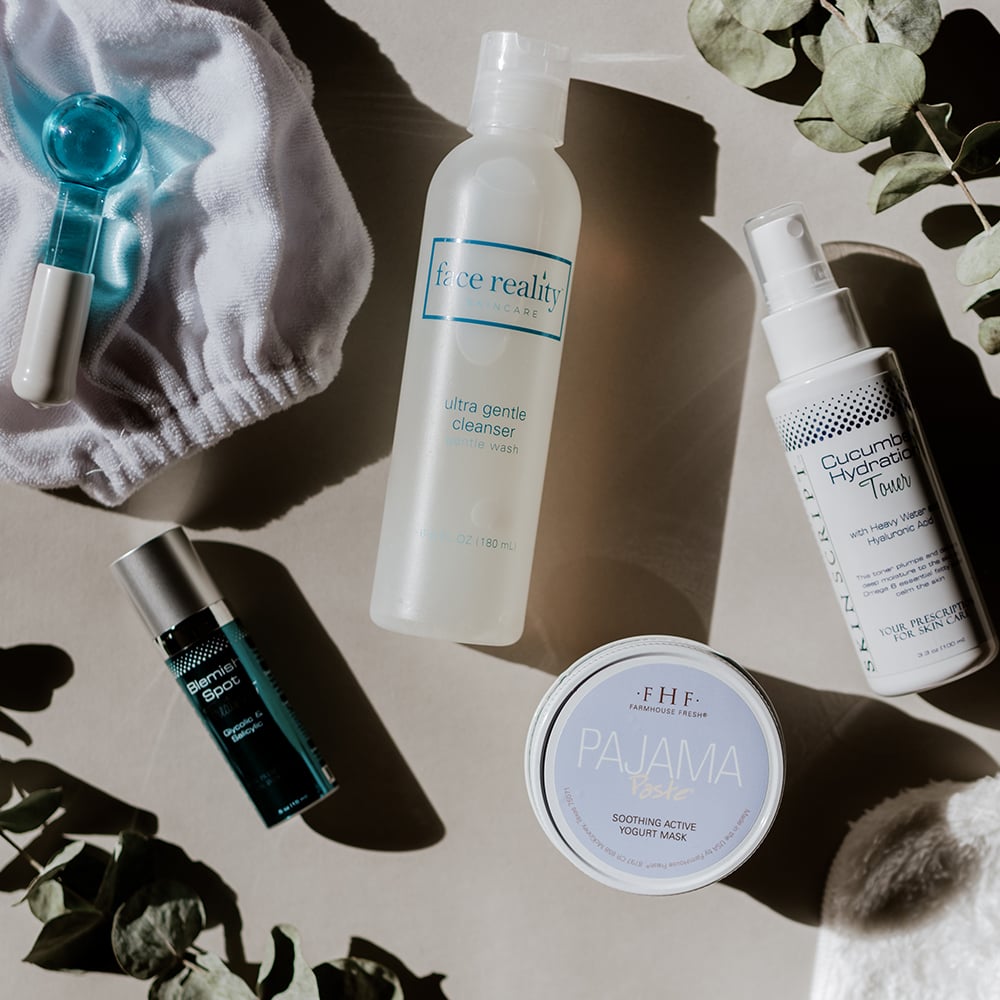
Comments (5)
Please send info regarding healing rosacea
Hi Tonya. I would recommend purchasing a skin protocol from us. This allows me or one of my licensed estheticians to see pictures of your skin and get a full understanding of the products you are using so that we can best address your rosacea. Everyone’s skin is different so the best results are going to come from a customized approach.
Has anyone had success with the Hush & Hale products
I have had mild rosacea for a few years but now, all of a sudden, it is getting worse. I have been using Metronidazole cream satisfactory for two years; morning and night but now it is not helping.
Hi Jean! Matronidazole is an antibiotic. When you use an antiobiotic over a long period of time the bad bacteria can actually grow accustomed to it and no longer respond. You may want to discuss with your doctor switching to something else that is not an antibiotic.